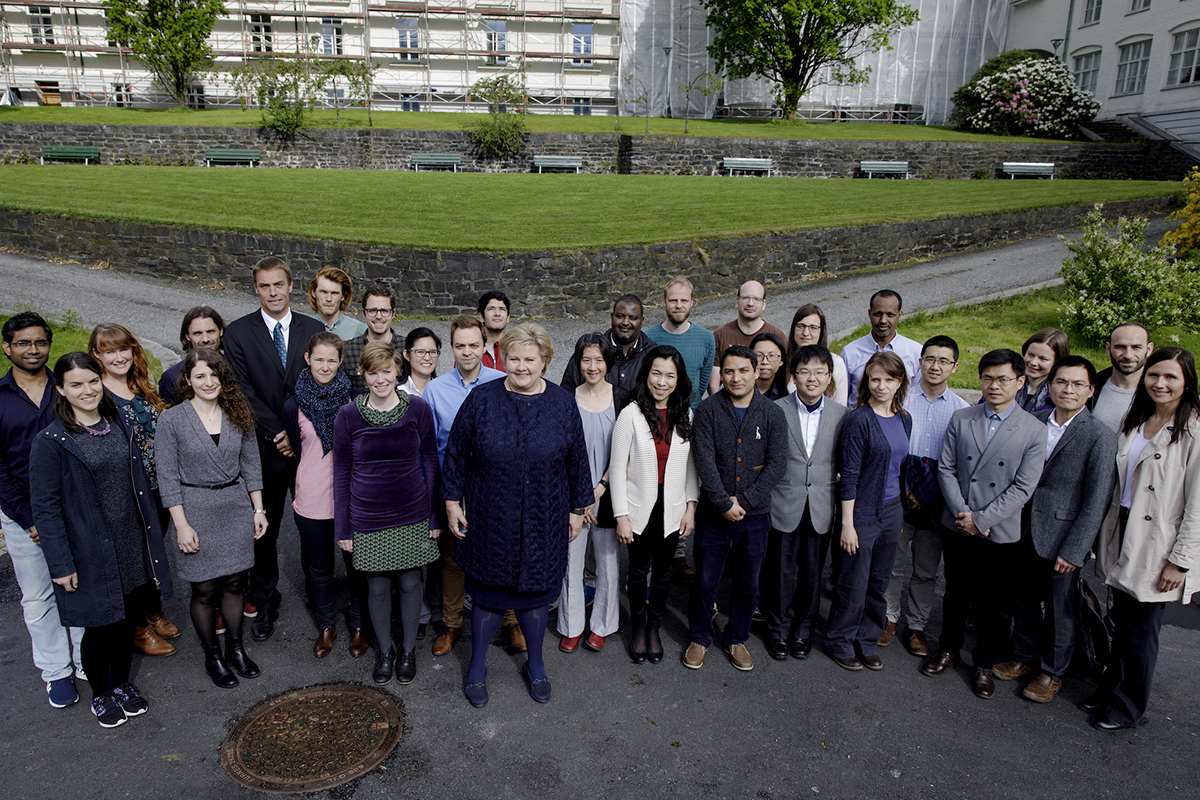The climate was changing, but we were far from knowing how much or how fast. Ocean currents had been mapped, but no one knew how much atmospheric CO2 the ocean could take up. Global climate models existed, but not in Norway. None of the existing models incorporated life on Earth.
Around the year 2000 climate science was a disciplin not many scientists were involved in. As the first leader of the Bjerknes Centre, Eystein Jansen was given the task of building a cooperation between geologists, oceanographers, meteorologists, modelers and botanists. The aim was to create an understanding of the climate system as a whole.
Twenty years later, the Bjerknes Centre has close to 230 researchers from these disciplines, and they all call themselves climate scientists. Together they make up the largest natural science climate research center in the Nordic countries.

Watch our digital anniversary seremony, 30 November at 1300–1600, below or on Youtube.

